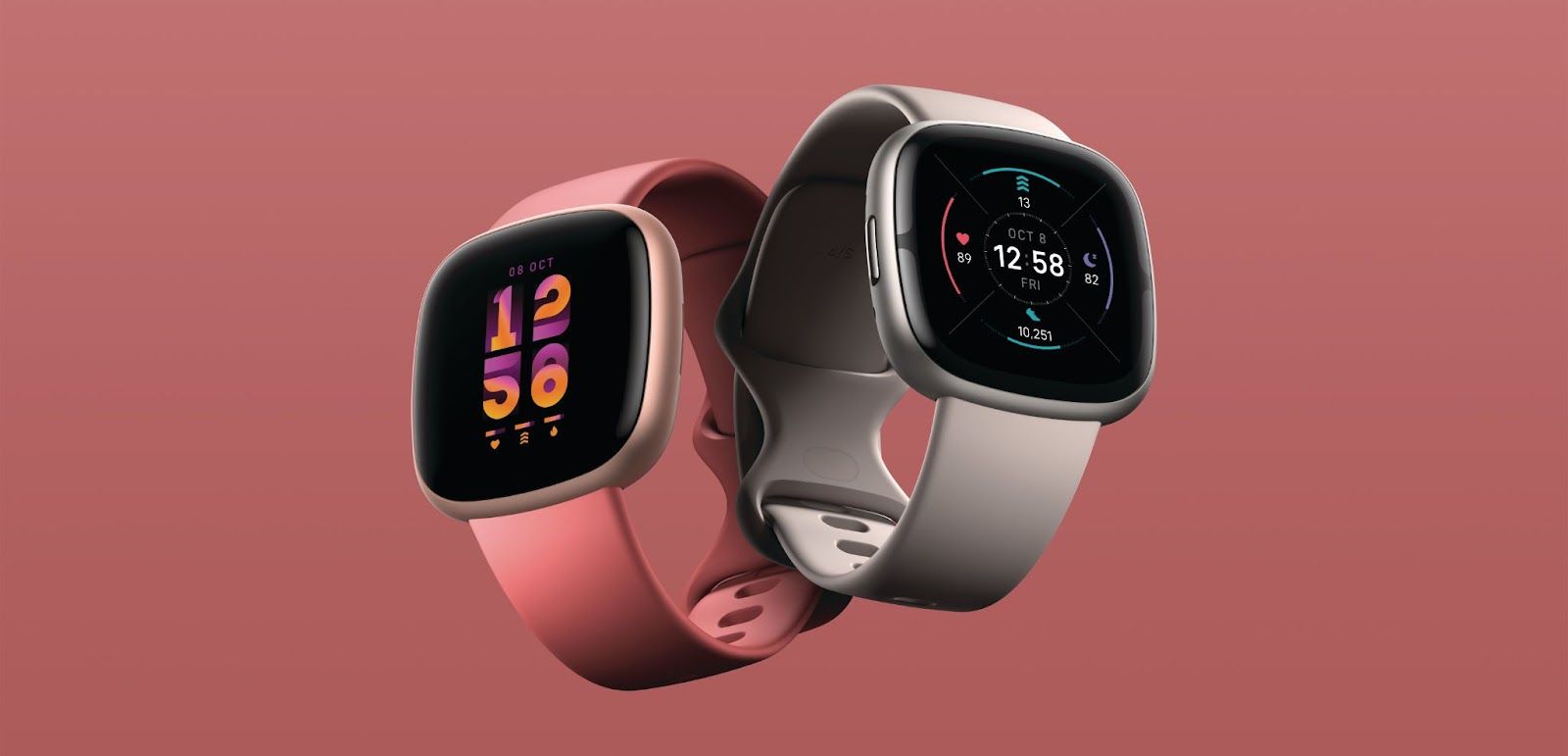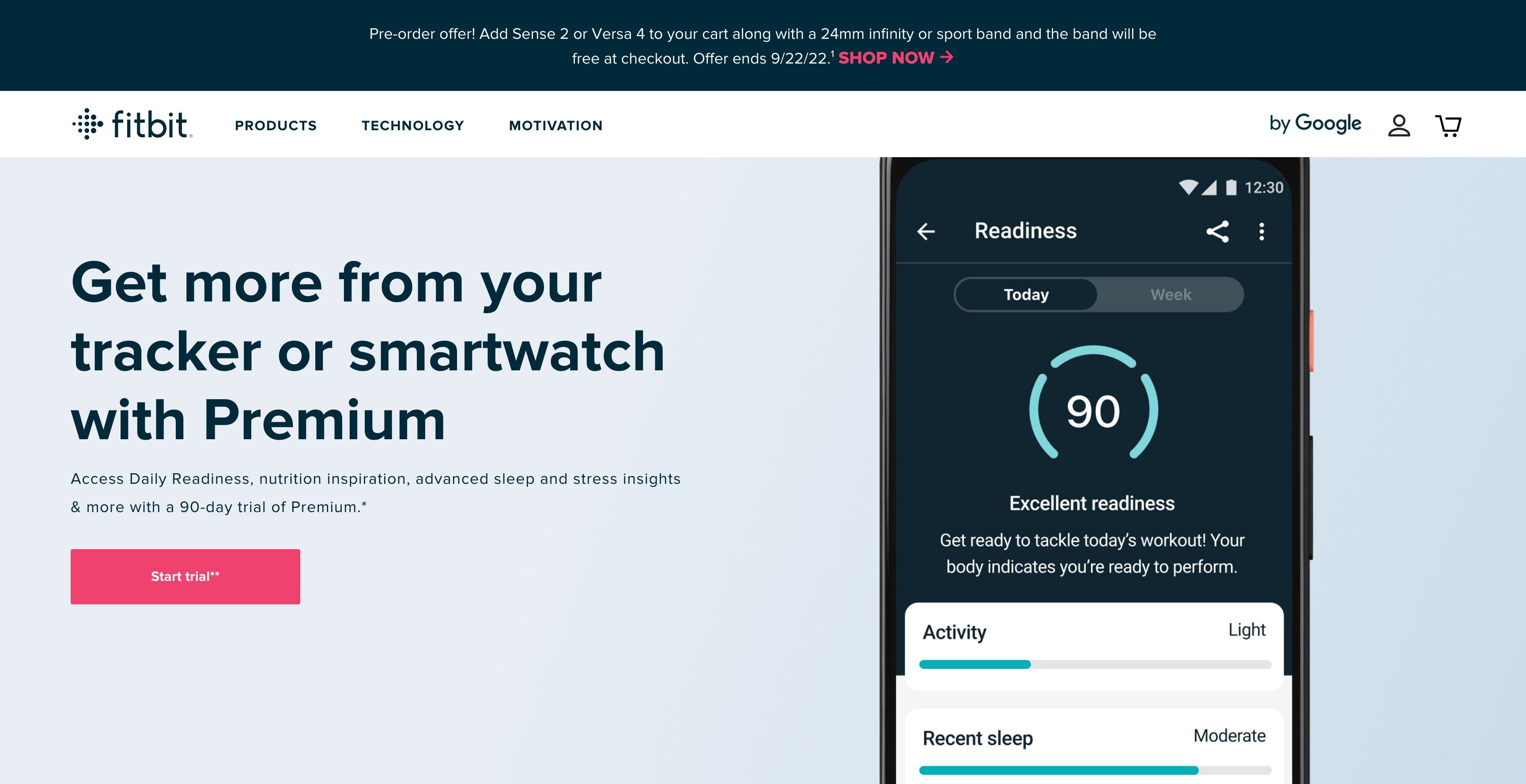Wearable technology has come a long way in the past decade. Fitbit is an American manufacturer of wearable devices and fitness technology and is one of the largest players in this space. But what is Fitbit and how does it work?
Learn all about Fitbit, the company's products and services, and what they can do for you.
What Is Fitbit?
Fitbit is an American manufacturer of wearable fitness trackers. The company's first product, the Fitbit Tracker that it released in 2009, was an instant success. By 2014, the company had released more activity trackers and a companion app for mobile too.
Today, Fitbit has an entire ecosystem built around its apps. What started as a simple step tracker has evolved into a comprehensive activity monitor that can help you balance your weight, improve your lifestyle, and even track your vital signs!
You wear a Fitbit fitness tracker on your wrist, just like a watch. It tells the time, but it also does a lot more. Modern Fitbit devices have sensors underneath that can monitor your blood pressure, your pulse, your heart rate, and the steps you take.
While Fitbit devices now offer comprehensive functionality, they were originally designed simply for monitoring your steps and basic activity. Some older models can even clip onto your clothing, though most are generally worn on the wrist.
The company was acquired by Google for $2.1 billion in 2021. This led to a series of concerns about Google's use of health tracking data that Fitbit had acquired over a decade. Some have even decided to permanently delete their Fitbit accounts.
What Features Does a Fitbit Offer?
Fitbit's trackers have evolved in terms of functionality considerably since their introduction. Here are some of the many features that Fitbit devices offer.
Monitoring Heart Rate
Fitbit trackers are equipped with photoplethysmography sensors, which is the small green light you see blinking on the tracker's underside. This light essentially monitors the volume of blood in your wrist and uses that to calculate the number of heartbeats in a minute.
When you're exercising, your heart rate increases, and your Fitbit tracker will tell you just how high or low it is. It also gives insights on how you can improve your performance and maintain your heart rate in a healthy range.
Tracking Exercises
Exercise tracking is an important feature of all Fitbit trackers. According to the American Heart Association, it's recommended that you do at least 75 minutes of vigorous physical activity each week.
Fitbit uses what's called Active Zone Minutes to help you understand just how much you've exercised and how much of the target you've accomplished. It starts with 150 Active Zone Minutes in a week, but you can change that target.
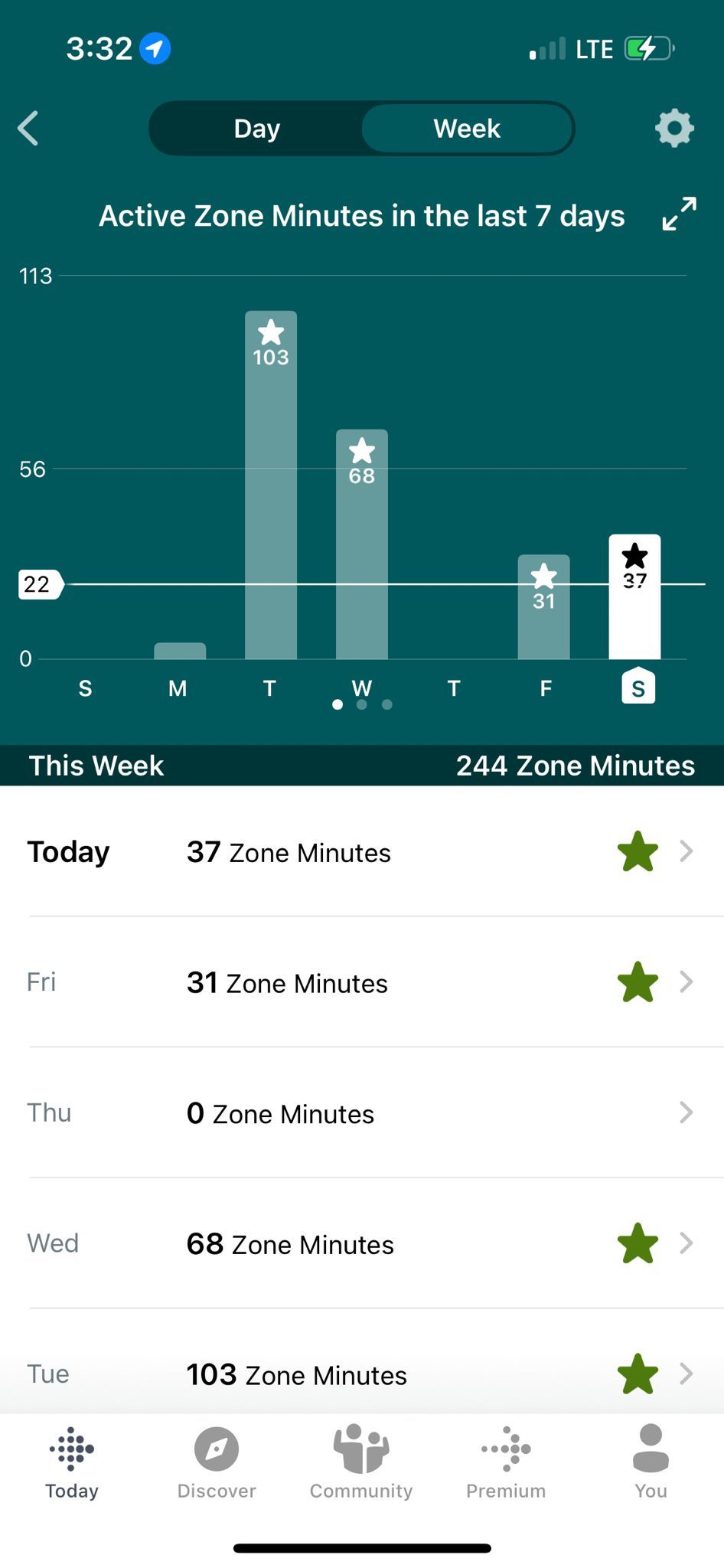
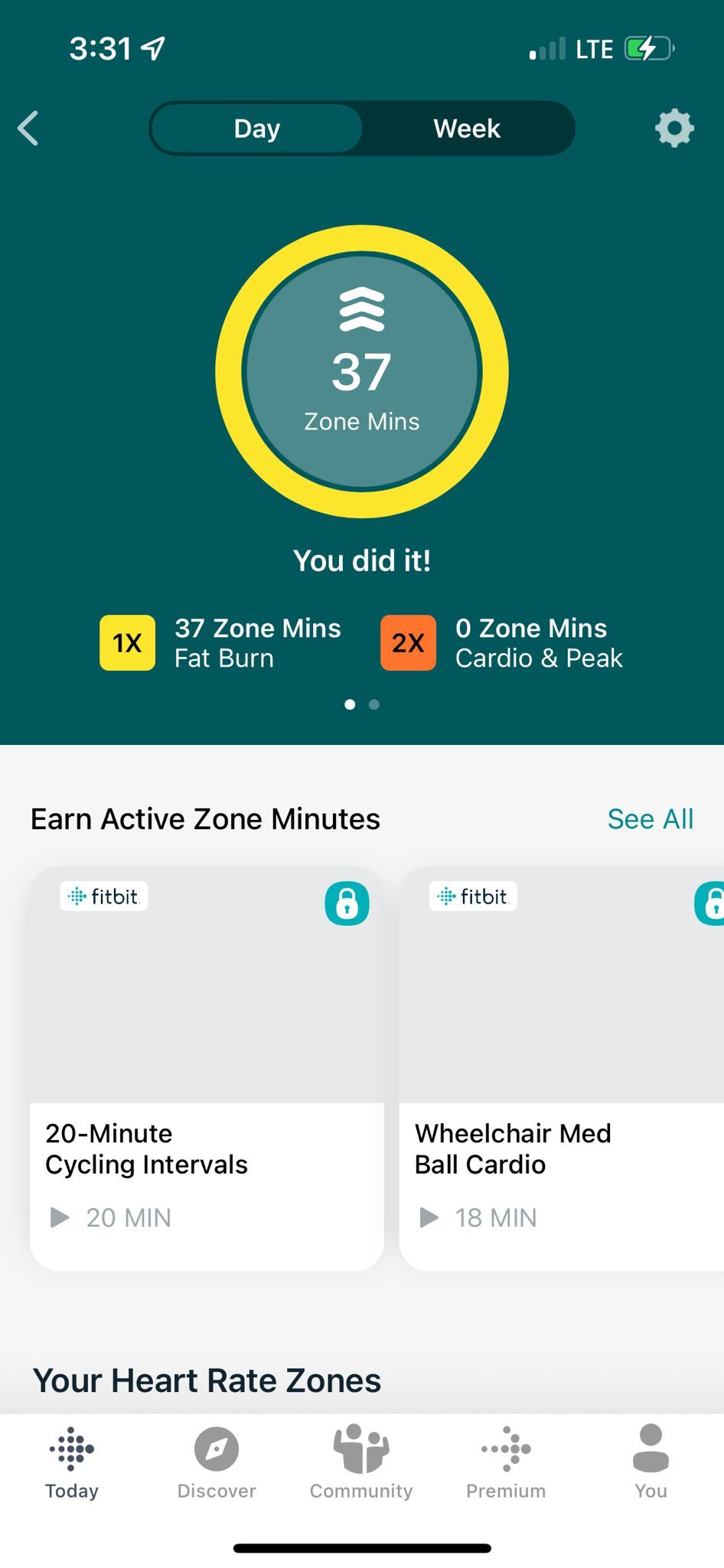
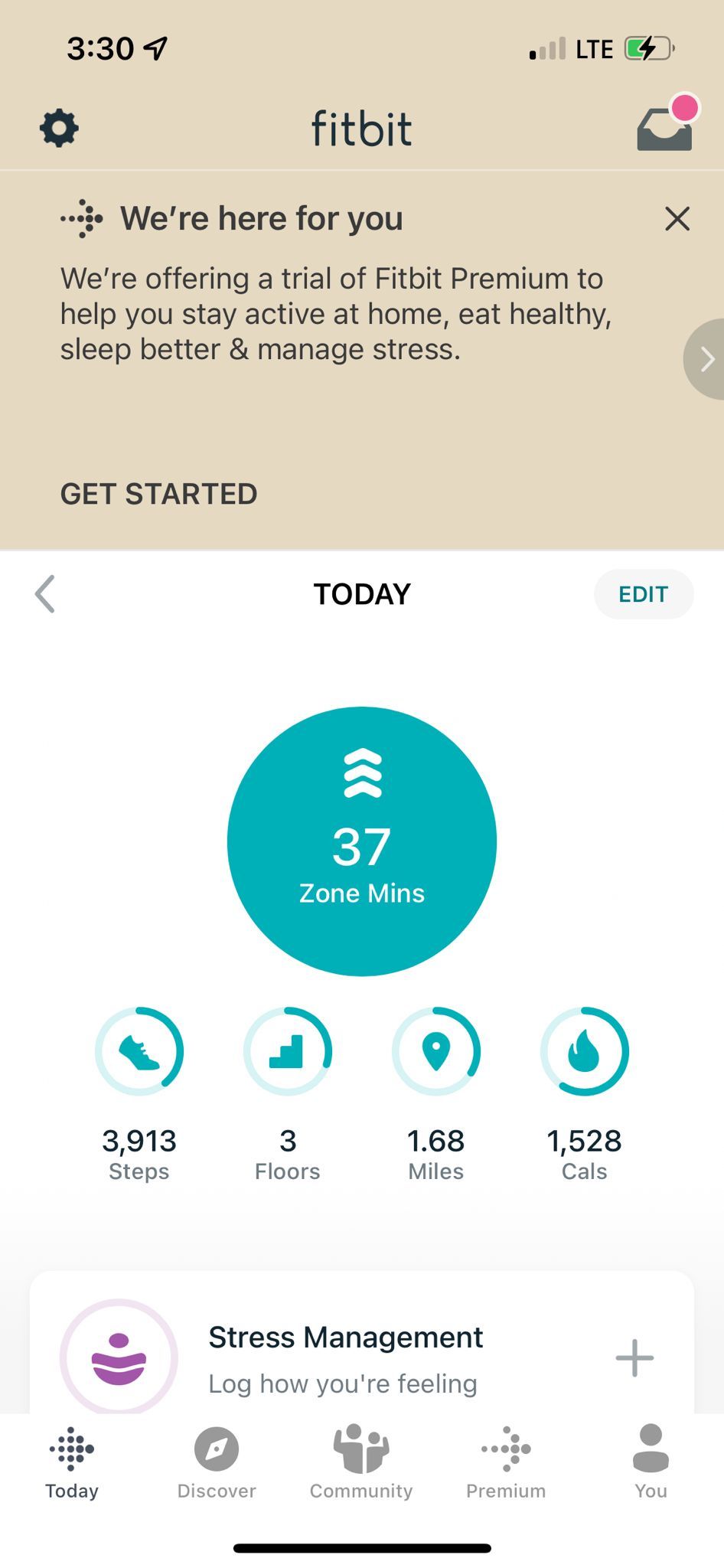
Fitbit trackers can identify different types of exercises and place them in three different heart rate zones: Cardio, Peak, and Fat Burn zones. It uses your heart rate to determine which zone you fall in and even sets challenges for you to focus on. This is great for people who want to improve their fitness and keeps them motivated.
Body Metrics
Certain Fitbit models are capable of tracking other health metrics too, such as oxygen saturation, breathing, your menstrual cycle, and even stress levels. Some Fitbit models also tell you about your sleep quality when you wear them overnight and let you know when you aren't sleeping enough. One of the newest Fitbit models, known as the Fitbit Luxe, offers more accurate fitness tracking, including swimming tracking.
How Fitbit Trackers Work
There are a number of different Fitbit trackers available in the market, with different price points and variable features. However, the core functionality in all Fitbit trackers is a pedometer.
Fitbit devices are equipped with a three-point accelerometer that tracks your movements. It gathers the data and translates it into digital signals to measure your physical activity and the steps you've taken. Fitbit devices also have a GPS sensor that tracks your movements to let you know the routes you've walked.
Fitbit devices use a proprietary algorithm to track a wearer's movements and register each step. For instance, moving along a bumpy road or driving in a car may affect the accuracy of the step count.
Sleep tracking on Fitbit works by tracking the changes in your heartbeat as you sleep. A Fitbit also tracks your reduced movement when you're in bed to determine when you're asleep. However, if you toss and turn quite a lot in bed, it may interpret that you're not sleeping.
Adding Personal Statistics
In order to work properly, Fitbit requires access to a bunch of personal information. You'll have to provide all of this information when you make your Fitbit account. The information you need to provide includes:
- Age
- Weight
- Sex
- Height
Fitbit also lets you track your daily meals and log calories. You can log your meals and figure out how many calories you're taking in and how many you've burned over the course of a day. If you're getting relatively less activity, Fitbit is going to remind you to get up and start working out.
Fitbit Premium Subscription
Fitbit Premium is a paid service that the company launched to deliver personalized and actionable advice to help users achieve their fitness targets. It's important to mention that while you don't need Fitbit Premium, the company does aggressively market it to existing users.
Fitbit Premium offers value-added features like guided programs to help users achieve their fitness goals. It also lets you see your sleep quality in greater detail, making the Sleep Score more comprehensive than the conventional Sleep Score that you get without the subscription. In addition, you can access a larger array of tailored workout routines and programs and gain advanced insights into your physical activity.
Is Fitbit a Good Choice for You?
If you're thinking of buying a fitness tracker or a smartwatch, going for a Fitbit is a great choice. They're available at a cheaper price point than many other smartwatches, and they offer many of the same features, albeit with a core focus on fitness. There are also various Fitbit devices to choose from, so you can find one that best fits your budget and your needs.


